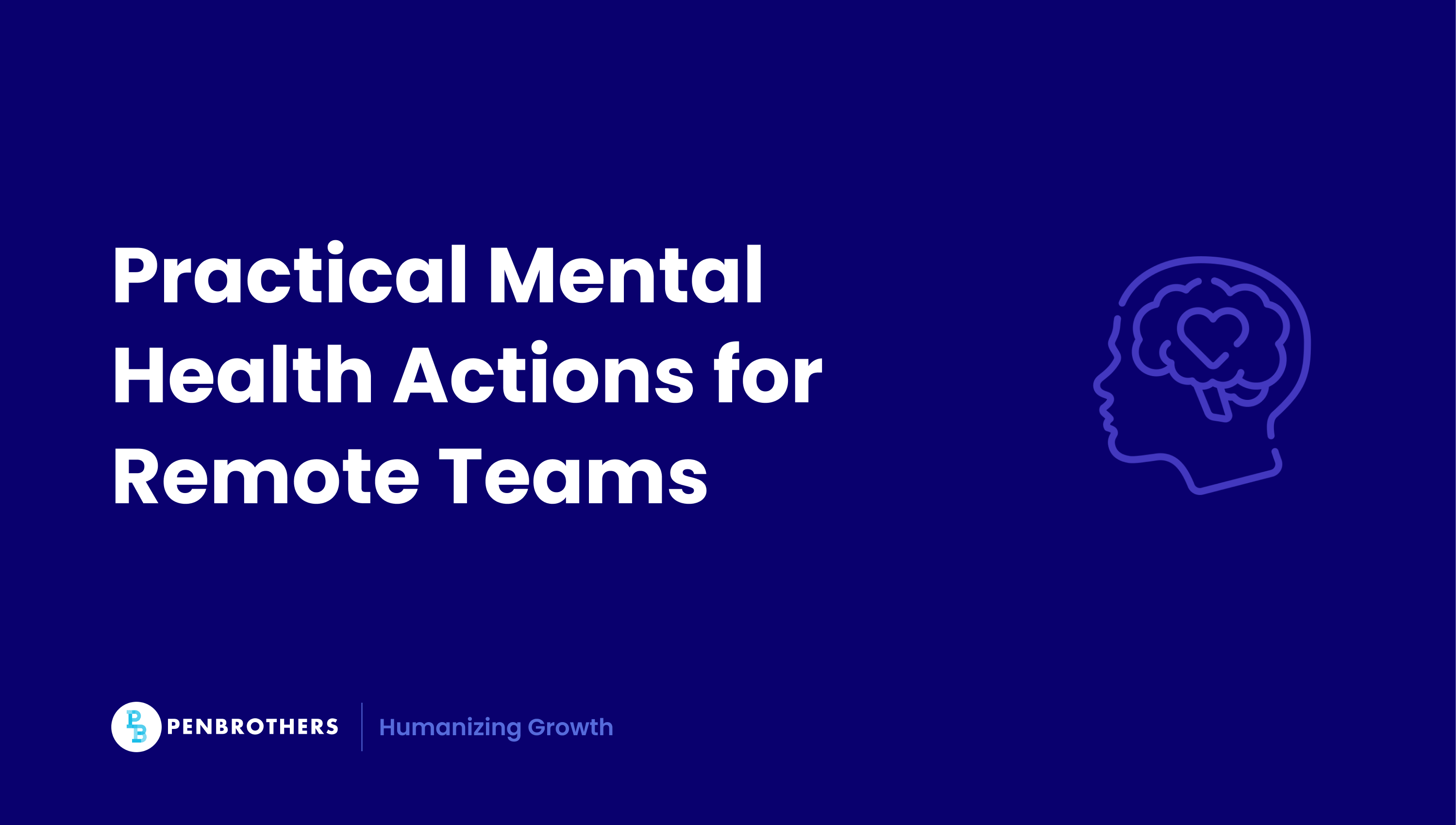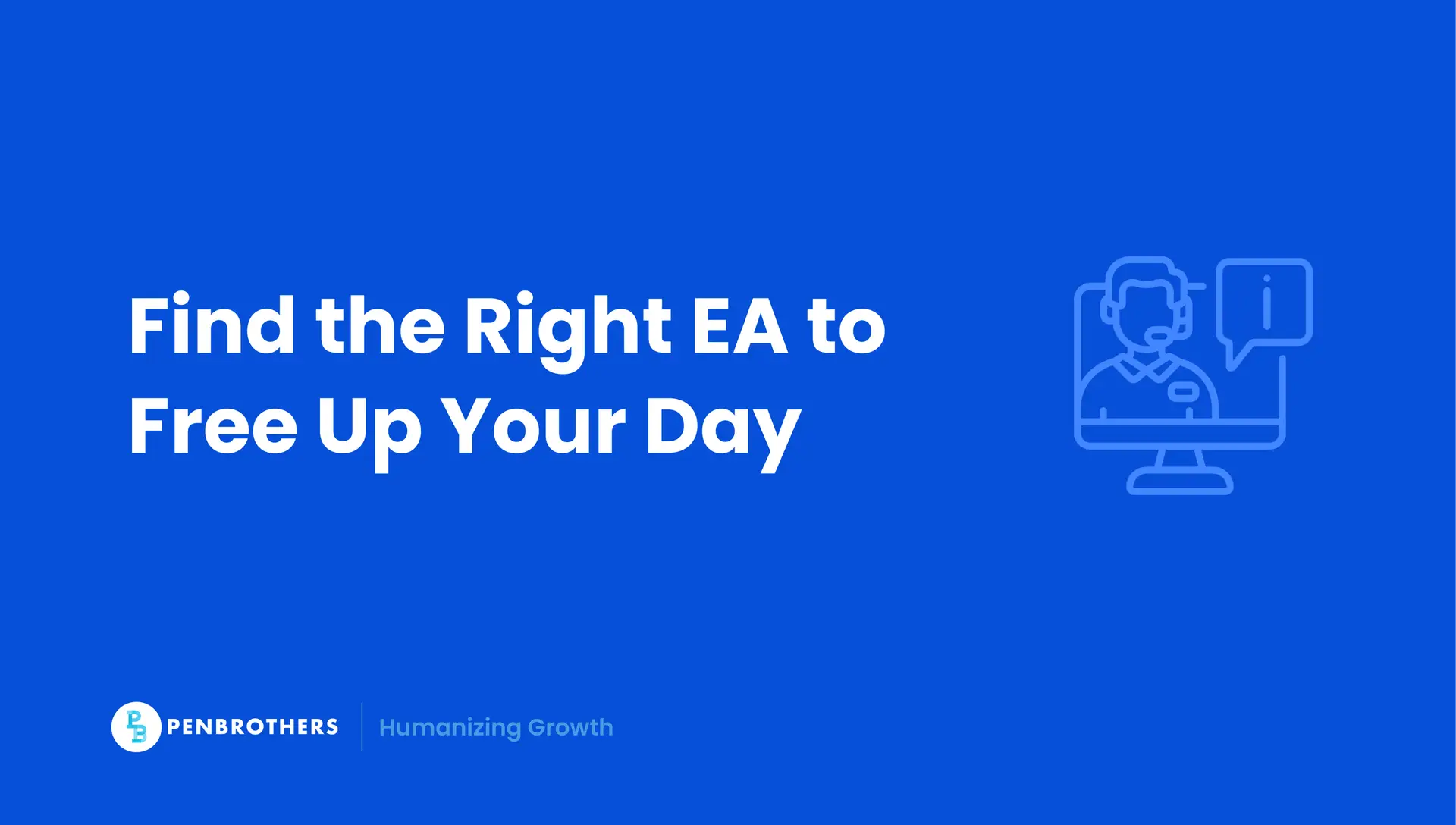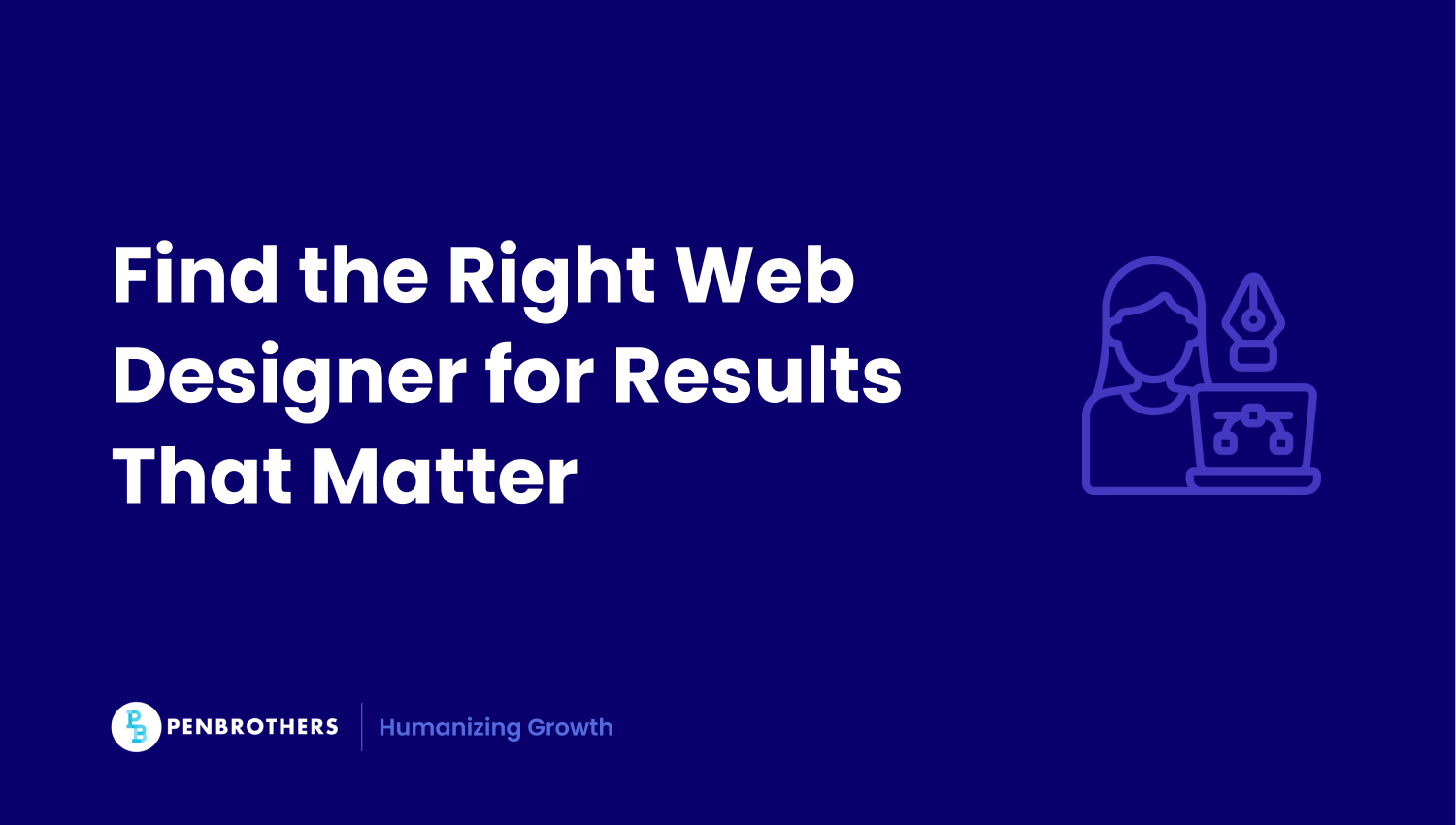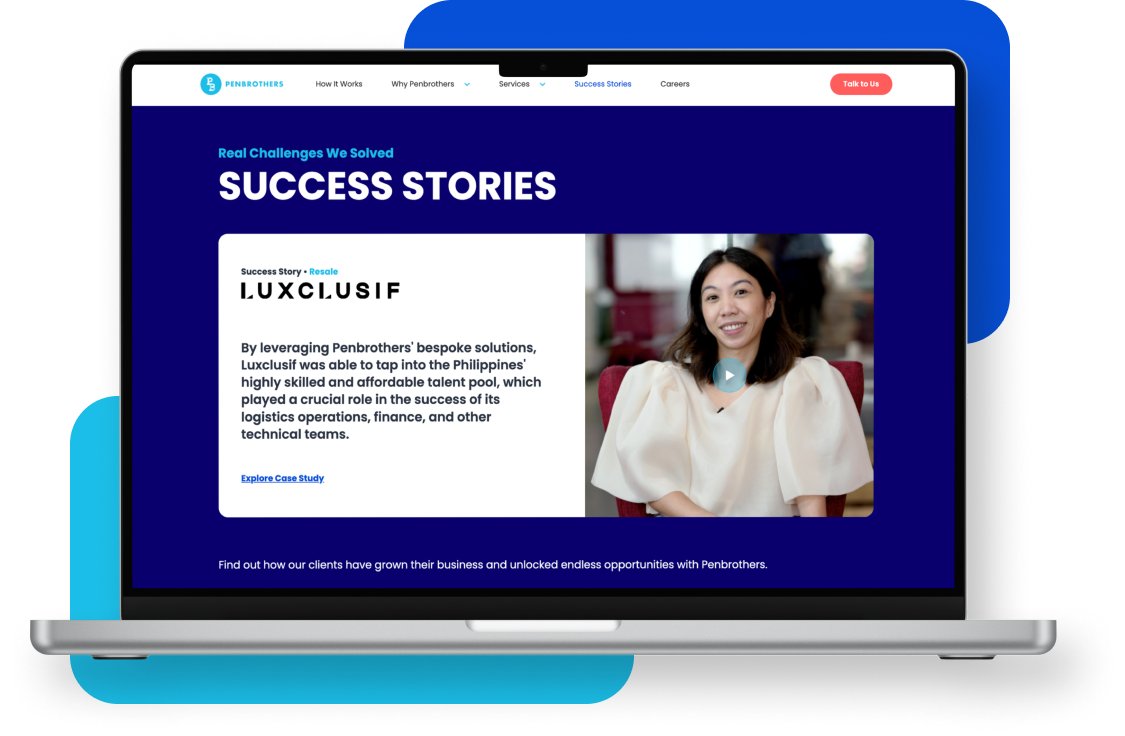What's Inside?
World Mental Health Day 2025: Actionable Initiatives for Distributed Teams

Key Takeaways
- World Mental Health Day 2025 highlights “Access to services – mental health in catastrophes and emergencies.”
- Mental health is a business issue, driving retention, engagement, and productivity.
- Distributed teams face unique risks like isolation, async overload, and time-zone fatigue.
- Actionable initiatives—check-ins, stipends, rituals, and toolkits—create lasting impact.
- Measuring participation, sentiment, and business metrics proves ROI on well-being.
- Leaders must model vulnerability, flexibility, and participation to embed mental health in culture.
World Mental Health Day falls on October 10, 2025, and this year’s official theme is “Access to services – mental health in catastrophes and emergencies”, as set by the World Federation for Mental Health.
Imagine a remote‑first company with team members scattered across five time zones. Unseen and silent, stress mounts from timezone juggling to isolation. Until October 10 becomes a spark, a chance to open up the conversation, share resources, and spark systemic support.
Why Mental Health in Distributed Teams Can’t Be Ignored
This is more than compassion, it’s strategic:
- In 2019, approximately 1 in 8 people worldwide, around 970 million, lived with a mental disorder, such as depression or anxiety.
- The treatment gap remains staggering: 76–90% of those who need care in low- and middle‑income countries do not receive it. Even in high‑income areas, 35–50% don’t.
- Mental illness reduces productivity and drives absenteeism and presenteeism. The WHO-ILO estimates that depression and anxiety result in 12 billion lost workdays annually, costing $1 trillion globally.
Distributed teams face compounded risks: isolation, async overload, blurred boundaries. For organizations, ignoring mental health means higher turnover, reduced engagement, and weakened culture. See how strong leadership and DEI practices shape the future of work.
The 2025 Theme: Access to Services – Mental Health in Emergencies
The official theme underscores a critical insight: in crises like pandemics, disasters, or economic turmoil, mental health services become both even more essential and more difficult to access.
For distributed teams, especially those working remotely and across regions, emergencies are not hypothetical, they can disrupt access, escalate stress, and silence individuals rapidly.
But distributed work environments also offer agility when emergency‑focused mental health policies are embedded into culture, teams can respond and support more resiliently.
Actionable Initiatives for Distributed Teams
Here are tactical, team‑ready actions that elevate mental health as a structural priority, not a one‑off:
1. Virtual Well-being Check-ins
Short, structured check-ins go a long way in preventing silent burnout. Encourage managers to schedule 15-minute conversations every week or bi-weekly focused solely on well-being, not task updates. For peer-to-peer support, rotate “buddy check-ins” where colleagues share coping strategies or simply talk about life outside work. This normalizes mental health conversations and signals that well-being is a standing agenda item, not an afterthought.
2. Emergency-Aware Wellness Stipends & Flexible Scheduling
Wellness stipends should cover a wide range of self-care from therapy sessions to meditation apps or even fitness memberships. Pair this with flexible schedules that recognize emergencies, whether personal or regional. For example, allow employees in storm-prone areas to adjust working hours without penalty. Flexibility acknowledges the realities of distributed living and reduces stress linked to rigid time demands. Flexible work also relies on clear leave policies, like PTO, to reinforce well-being.
3. Guided Group Activities
Organize monthly or quarterly virtual sessions focused on resilience and mental fitness. Options include mindfulness workshops, online group therapy led by licensed facilitators, or resilience-building exercises tailored to high-stress situations. These activities provide both a shared coping toolkit and a sense of collective support, which can be especially powerful for employees who may otherwise feel isolated.
4. Cultural Rituals for October 10
Mark World Mental Health Day in ways that unite the team. Simple rituals like wearing green in solidarity, hosting virtual storytelling sessions where employees share personal resilience journeys, or participating in a charity “virtual walk”, build community and signal cultural commitment. Done well, these rituals become touchpoints employees look forward to each year. Some companies even extend this spirit through longer recovery breaks such as sabbatical leave.
5. Digital Toolkits for Everyday Use
Provide employees with accessible, self-paced resources they can revisit anytime. Examples include stress bucket exercises, personal well-being plans, conversation guides for talking about mental health at work, or quick self-assessment checklists. Make these toolkits digital and easy to share, so they’re always within reach when stress peaks.
Each of these initiatives is designed to embed mental health into the daily rhythms of distributed work. By making support visible, consistent, and accessible across geographies, companies move from “one-off awareness days” to a culture where mental well-being is an operational priority.
Measuring Impact: From Awareness to Long-Term Change
To go beyond symbolic action:
1. Track Participation and Uptake
Measure how many employees engage with well-being programs and how often. Examples include:
- Number of virtual check-ins completed per quarter
- Attendance rates at workshops or guided sessions
- Utilization of wellness stipends or digital resources
Participation trends reveal what resonates with employees and where barriers may exist.
2. Monitor Employee Sentiment with Regular Pulse Surveys
Short, frequent surveys provide real-time visibility into stress, workload, and overall morale. Key questions might cover:
- Perceived work-life balance
- Level of support from managers
- Confidence in company response during crises
Analyzing sentiment over time helps identify whether interventions are creating meaningful improvements.
3. Link Well-being to Business Metrics
Tie mental health programs to outcomes leaders already track:
- Retention: Are employees staying longer after new initiatives were introduced?
- Absenteeism and Presenteeism: Is there a reduction in sick days or in “logged-in but disengaged” behavior?
- Engagement and Productivity: Are employees contributing more actively in meetings, collaboration platforms, or innovation projects?
When HR data shows direct correlations, mental health shifts from being a wellness perk to a driver of organizational resilience. Embedding DEI strategies ensures these benefits reach all employees equitably.
4. Establish a Feedback Loop
Create open channels for employees to share what works and what doesn’t through anonymous surveys, manager check-ins, or dedicated Slack/Teams channels. Regularly refine initiatives based on this input to keep them relevant and impactful.
5. Share Progress Transparently
Report back to the workforce on what’s changing. For instance: “Since introducing monthly check-ins, 78% of employees report feeling more supported, and sick leave dropped by 12%.” Sharing results demonstrates accountability and reinforces trust.
When data shows that well‑being initiatives contribute to productivity and morale, leaders see mental health as a strategic lever, not a cost center.
How Distributed Leaders Can Lead by Example
Leadership sets the tone:
1. Model Vulnerability and Openness
Leaders who share their own challenges, whether it’s managing stress during a crisis or balancing personal responsibilities, normalize conversations about mental health. Even brief acknowledgments in team meetings (“I’m taking tomorrow off as a mental health day”) show employees it’s safe to do the same.
2. Normalize Mental Health Days
Employees watch how leaders use benefits. When managers openly take time off for recovery, not just vacations, it validates well-being as a legitimate reason for leave. This is especially powerful during emergencies, when teams need reassurance that self-care isn’t seen as a weakness.
3. Create Space for Honest Conversations
Invite employees to speak up without fear of stigma. Instead of waiting for issues to escalate, leaders can prompt dialogue with simple check-in questions: “How are you coping this week?” or “What support would be most helpful right now?” These small signals of empathy can make big differences in remote settings. Leaders must also know how to address insubordination constructively, without undermining psychological safety.
4. Prioritize Flexibility in Practice
Flexibility should go beyond policy documents. Leaders can adapt deadlines when regions face crises, allow asynchronous contributions instead of rigid meeting attendance, and encourage team members to manage energy, not just hours. This proves that the organization values outcomes over presenteeism.
5. Be Visible in Participation
When leaders join wellness workshops, storytelling sessions, or resilience activities alongside employees, it sends a strong message: well-being isn’t an HR initiative, it’s a shared organizational value. Visible participation transforms mental health programs from optional extras into cultural norms.
Leaders who lead by example turn awareness into action. By demonstrating vulnerability, flexibility, and commitment, they ensure that mental health isn’t treated as a checkbox exercise but as an integrated part of distributed team culture.
Final Thoughts
October 10, 2025, is more than an awareness day. It’s a moment to systematize mental health for distributed teams, anchored by this year’s focus on access to services in emergencies.
Penbrothers helps global teams build resilient structures with a people-first design. Empower your distributed workforce by weaving well-being into the fabric of daily operations, not just for one day, but for every day.
*This article was crafted with the support of AI technology and refined by a human editor.





